Cereals: list of common and rare cereals, their significance
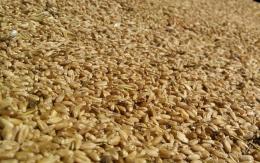
The Poaceae family consists of more than 750 genera, which include more than 11 thousand species. Even in the Arctic you can find cereal crops, a list of the most common species and botanical classification, the meaning of cereals will be given below.
Content:
- Cereals, brief description and botanical classification
- Lists of cereal crops
- History of cereals, their significance for humanity
Cereals, brief description and botanical classification
The Poaceae family of plants primarily includes herbaceous plants. annuals or perennial plants, although there are shrubs and even trees. All cultures are united by a common structure:
- stem
- leaves
- colors
- inflorescences
- fruits
- seeds
The stems of cereal crops are hollow inside and consist of knees connected to each other by swollen and therefore clearly visible internodes. Each of them has a partition and the stem looks like a partitioned hollow pipe. In botany, stems with such a structure are usually called straw.
In rare exceptions, the inside of the knee is filled with loose tissue, like that of sugar cane, sorghum, and corn. In cereals, secondary roots are well developed, and the main root either stops growing early or stops growing after germination. The leaves of cereals are vaginal, the edges of the vagina are rarely closed.
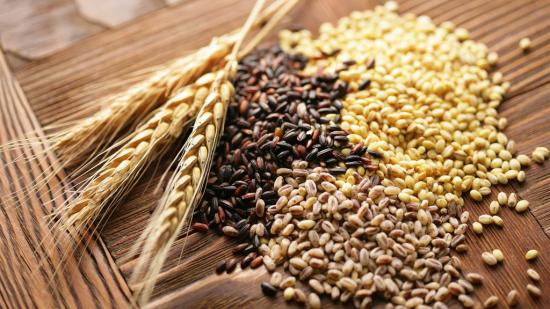
The leaf blades are most often ribbon-shaped, narrow, sometimes folded in half or rolled into a tube.The inflorescences can be different, but are collected from miniature spikelets. More often spikelets folded:
- into panicles
- to the sultans
- into a simple ear
- into a spike-shaped panicle
- into a complex ear
The taxonomy of the family has changed several times over the last century, sometimes it was divided into 2, sometimes into 12 subfamilies. For example, at one time the Centotecae also belonged to the Prosovs. Modern taxonomists have divided cereals into seven subfamilies:
- Kovylevs
- Bamboo
- Millet
- Bluegrass
- Chloriceaceae
- Centothaceae
- Reed
Below are lists of cereals belonging to various subfamilies.
Lists of cereal crops
The subfamily Chloraceae includes:
- pig's finger
- tragus
- Eleusina Coracan
- coastal woman
- field grass
The following grasses belong to the feather grass subfamily:
- whose spreading
- Achnatherum splendor
- beautiful feather grass
- Chiy Siberian
- Achnatherum costerovidae
Subfamily Bamboo:
- bamboo psyllid
- bamboo ordinary
- Saza Kuril
- reviving psyllid
- Dendrocalamus gigantea
- black bamboo or black psyllid
- Bisse's psyllid
Video about cereals:
The subfamily Poagrass or True Grasses includes:
- white beard sticking out
- rye
- oats
- wheat
- wheatgrass
- barley
Crops from the Millet subfamily:
- corn
- sorghum
- arundo reed
- sugar cane
- millet
History of cereals, their significance for humanity
It is difficult to overestimate the importance of cereal crops in human history. They are distributed throughout the planet, where there are no multi-meter eternal glaciers. Cereals grow up to the boundaries of glaciers, including high-mountain ones. Savannas and steppes are a real kingdom of cereal plants. The fruit of cereals, the grain, is important for humans.Its endosperm is a rich source of nutrients.
Therefore, the cultivation of cereals for food, confirmed by scientists, dates back more than seven thousand years. Wheat cultivation was the real engine of progress. The invention of the wheel and the plow is associated with it.
It is believed that the ancient ancestor of this crop was wheatgrass. In the early days of agriculture, people grew spelt or spelled wheat. Later it was almost everywhere replaced by durum wheat. In terms of antiquity of origin on the Eurasian continent, barley can compete with wheat, and on the American continent, corn has been grown from cereals since ancient times, which became the engine of Mayan culture.

Rye began to be grown by humans much later than wheat. Here, scientists give primacy to the Slavic peoples, since rye produced a richer harvest in a temperate climate. A real breakthrough in history was the production of bread by people from ground cereal grains. Thus, we can conclude that modern people owe their food well-being to plants from the Cereal family.

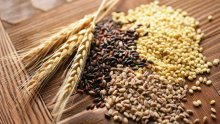
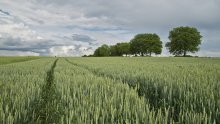

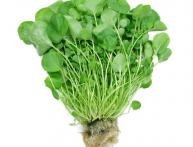
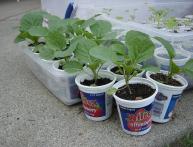
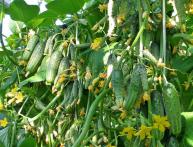
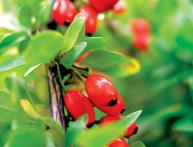
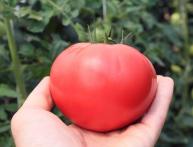
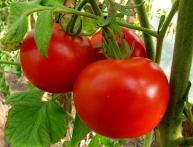

Comments
People widely use cereal crops; they have learned to grow large crops, fight pests and store what they harvest until the next harvest. I couldn’t even imagine that there were so many cereals.